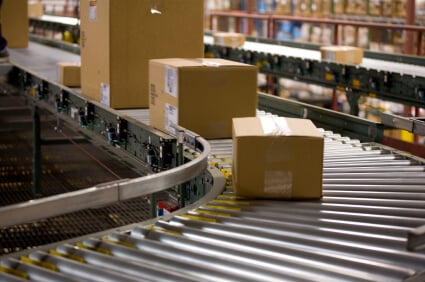By Vanessa Loughty | October 16, 2023

See why top ecommerce brands use Miva’s no-code platform to run
multiple stores, manage massive catalogs, and grow their revenue.
The ecommerce landscape supports a wide range of business models and channels to sell in—one of the great benefits of online selling is its adaptability to different techniques. Among these, ecommerce dropshipping continues to stand out as a popular sales method. The global dropshipping market was valued at an impressive $225 billion in 2022, with an incredible 23% annual growth rate forecast through the end of the decade. This blog will look at what makes the dropshipper model an enduring choice for merchants.
Ecommerce dropshipping is a fulfillment strategy where a business doesn't keep the products it sells in stock. Instead, when a store sells a product using the dropshipping model, it purchases the item from a third party—often a manufacturer or wholesaler—and has it shipped directly to the customer. This means that the merchant doesn't handle or store the product physically. It can also mean that the seller never has to hold inventory.
1. Low Start-up Costs
One of the most appealing aspects of ecommerce dropshipping is the relative ease of starting a new business. As there is no inventory required at the outset, dropshipping requires less startup capital. Merchants can continue to save substantially as there’s no need to maintain a physical inventory. This advantage is one of the key reasons behind dropshipping’s popularity.
2. Reduced Risk
Ecommerce dropshipping significantly reduces financial risk for merchants as they only purchase the product from the supplier once the customer makes a payment. This insulates businesses from potential losses from amassing inventory ahead of time on spec.
3. Wide Product Offerings
With no inventory restraints, ecommerce dropshipping enables merchants to offer a much broader selection of products to their customers. They can collaborate with various suppliers to enhance their product catalog, without worrying about initial production costs.
The standard dropshipping workflow is fairly straightforward. With this method, the merchant is acting as an intermediary between the customer and manufacturer. The merchant’s role is to present the product to customers, encourage a sale using ecommerce features and promotions, and manage the transaction and communications. The actual product fulfillment is handled directly by the manufacturer.
1. Product Listing: Merchants list the products available with their partner suppliers on their ecommerce website.
2. Order Placement: Customer places an order on the merchant’s website.
3. Order Notification: The merchant informs the supplier about the order and all important details.
4. Order Fulfillment: The supplier assumes responsibility for packaging and shipping the product directly to the customer.
5. Tracking and Delivery: The merchant receives the tracking information from the supplier and shares it with the customer.
For merchant and manufacturer, this method eliminates most risk of over-stocking and over-production. The buyer is the only party who experiences a “penalty," in the form of potential additional waiting time if the product has not been manufactured yet. To offset this downside, it’s important to be extremely transparent with shoppers about fulfillment schedules. Tight integration of the manufacturer’s fulfillment data with the merchants’ ecommerce site is also essential, so customers can stay informed at all times.
Ecommerce dropshipping can harmonize with other selling methods, creating a hybrid model that makes businesses more flexible, and able to reach different types of customers.
By eliminating the necessity to hold inventory, ecommerce dropshipping significantly reduces barriers to entry and growth. While merchants may have to share profit margins with manufacturers and lose some control over inventory, dropshipping benefits such as wide product offerings and less logistical headaches can make it a desirable—and profitable— option for many businesses.

Katy Ellquist, Miva’s Digital Marketing Strategist, is an accomplished writer, marketer, and social media analyst who has created sophisticated content campaigns for a broad range of professional clients. She brings to Miva a complex understanding of ecommerce trends and techniques, building upon extensive digital agency experience and a prior role as direct liaison to Miva’s top accounts. Katy is a regular contributor to the Miva blog, covering essential ecommerce topics like design & development strategy, site optimization, and omnichannel selling, with the goal of increasing the actionable knowledgebase of the entire Miva community.
Love it? Share it!
No worries, download the PDF version now and enjoy your reading later...
Download PDF Vanessa Loughty